Mercury and the Sun - a magnetic relationship
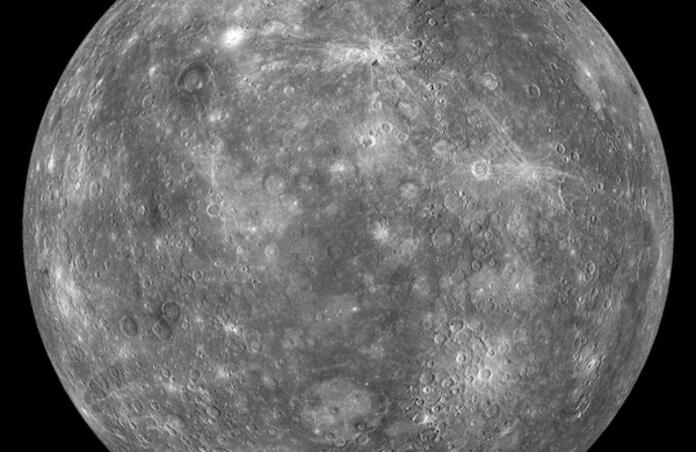
Astronomers have proven that Mercury can be subject to geomagnetic storms, much like the Earth!
A first publication from the group of US, Canadian and Chinese researchers discusses the presence of a so-called ring current around Mercury. Ring currents can be described as “doughnut-shaped fields of charged particles flowing around the planet (excluding the poles)” and have been observed in the Earth’s magnetosphere, but also in Jupiter and Saturn’s. Using data from the MErcury Surface, Space Environment, GEochemistry, and Ranging (MESSENGER) spacecraft, the astronomers were for the first time able to model this process in Mercury’s magnetic environment.
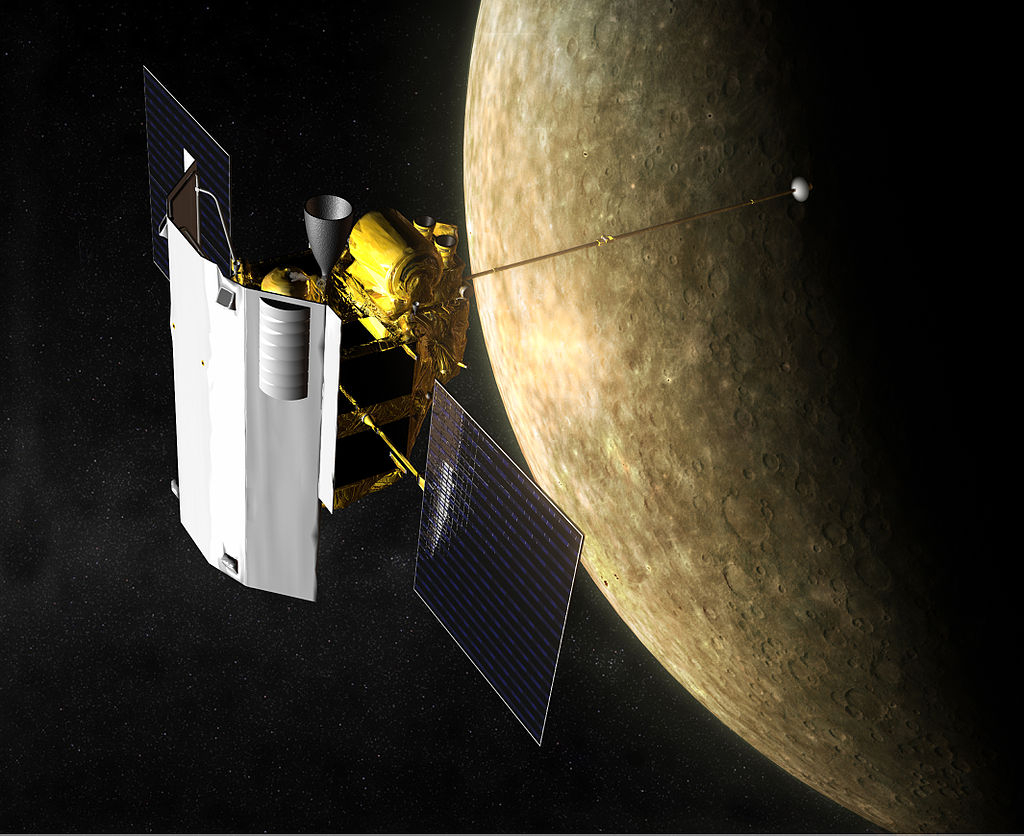
For the second part of the research, the data had been obtained exactly 7 years ago, just before the end of the MESSENGER mission, when a series of coronal mass ejections from the Sun was measured to have compressed Mercury’s ring current. This caused an intensification in the current’s energy, a trigger for geomagnetic storms. It is the first time that the potential for these storms to occur on small planets with relatively weak magnetic fields has been evaluated, showing that magnetic storms are likely to be a common feature, even on exoplanets.
We (and anyone on Jupiter or Saturn, or an exoplanet with a magnetic field and an atmosphere) can most beautifully observe disturbances in the ring current as aurorae. However, no aurorae on Mercury: because it doesn’t have an atmosphere, the charged particles from the coronal mass ejection only interact with the magnetic field, which is what was observed in gamma rays and X-rays by the MESSENGER probe.
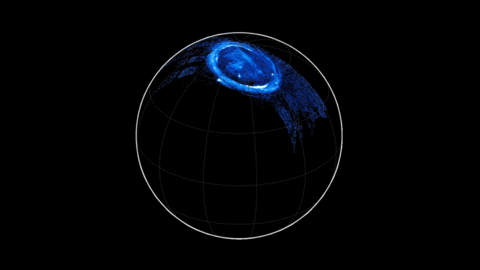
Jupiter's aurorae 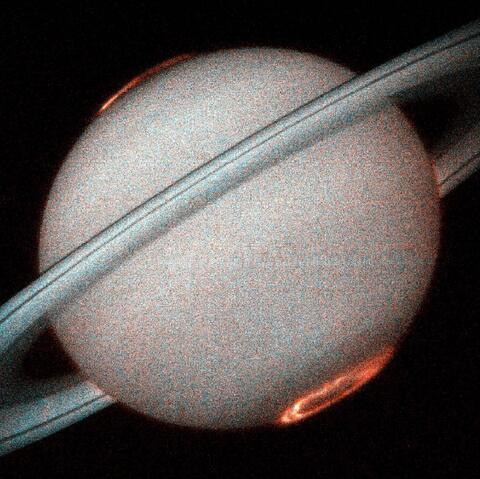
Saturn's aurorae
Speaking of coronal mass ejections, let me mention that in a recent paper, researchers who modelled the magnetic field of the Sun found that coronal loops (arc-shaped structures of hot plasma above active regions of the Sun) may be nothing more than an optical illusion. The trick suggests that these loops are actually part of a more complex, veil-like structure. The impression that there are loops is then explained by the fact that there are more “wrinkles” in that veil along our line of sight. To prove this observationally though, a space probe to take direct measurements of the coronal veil would have to approach the Sun … 1000 times closer than the Parker Solar Probe did just a few months ago.
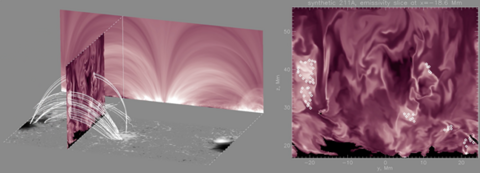
Simulation of the Sun’s magnetic field with plasma sheets rather than loops 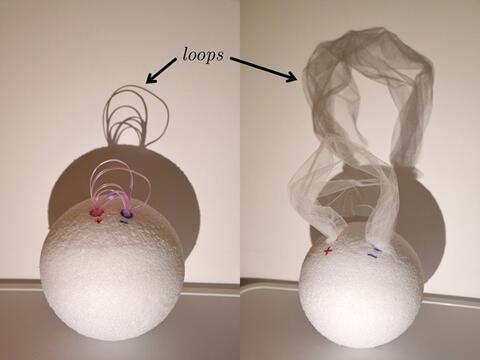
Simple demonstration of the optical illusion
Achieving this will probably take a long time, but back to Mercury, there is good news for northern Hemisphere observers! The little planet will begin to be visible to the naked eye in mid-April, and reach its greatest elongation east (i.e., the point at which it is best visible) on the 29th of April, when you can easily spot it only 1.5° South of the Pleiades. What’s more, with a 6 to 10-inch refracting telescope, you would be observing just like Giovanni Schiaparelli did 140 years ago.

Despite being the smallest planetary member of our Solar System, Mercury has many stories to tell!
Cover Image: Mercury by MESSENGER, NASA/JHU/APL/Carnegie Institution of Washington
Image Credits:
1 - Artist Impression of MESSENGER, NASA/JHU/APL
2 - Fig. 3 from Zhao et al., 2022
3 - Jupiter aurorae, NASA/JPL-Caltech/B. Bonfond
4 - Saturn aurorae, NASA
5 - MURaM simulation, A. Malanushenko
6 - Loops vs Sheets demonstration, A. Malanushenko
7 - Schiaparelli's Mercury, Brera Observatory Milan/J. Boudreau
